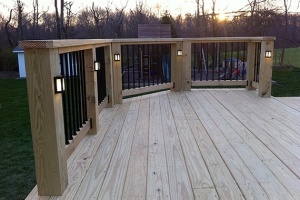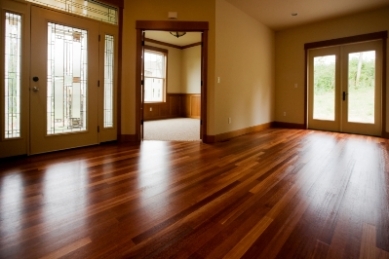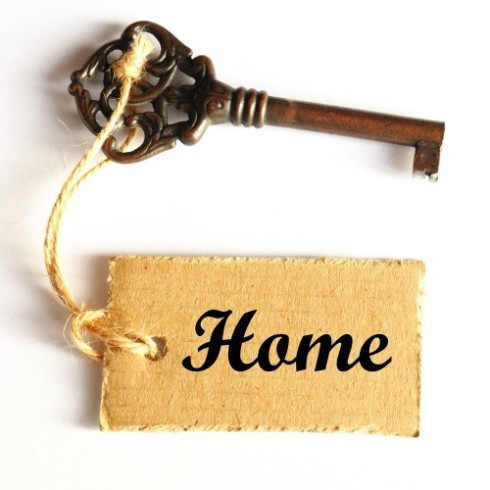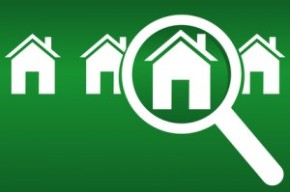
When financing a home purchase or refinancing a current home, you have to make a number of decisions. You will have to choose from among a half dozen different mortgage types available to you. Regardless of which type of mortgage you choose, you’ll be faced with another question: should I pay points?
Points, or discount points, are a cash payment that you make to the bank (or your mortgage lender) to get a lower interest rate on your loan. A lower interest rate means a lower monthly payment and savings to you, the homebuyer. The lender also benefits by getting some cash up front, so points can be a win for both parties. However, paying points for a reduction in your interest rate isn’t always worth it. Let’s look at some simple scenarios to answer the question, “Should I pay points on my refinance or new mortgage?”
Let’s assume you are borrowing $250,000. You are quoted an interest rate of 5 percent on a 30-year fixed rate mortgage. This means that every month you’ll be paying $1,342.05 in interest and principle for your mortgage. By the way, you don’t need to be a math wizard to calculate these numbers, your mortgage broker or bank loan officer will provide this information to you, and there are great mortgage calculators online that make doing the math a snap.
Here’s how buying points works: on this same type of loan you might see that paying 1 point lowers the rate to 4.675 percent. Each point equals 1 percent of your total loan amount. So, with our $250,000 loan, 1 point costs $2,500. The math looks like this:
[points] / 100 x [loan amount] = [cost of the discount]
1 / 100 x $250,000 = $2,500.
Also, points may appear on mortgage rate tables a few different ways – as number or a percent, and sometimes under the heading “points” or “discount.” Despite these stylistic differences, the numbers are always the same.
So, we know that to reduce this mortgage interest rate from 5 percent to 4.675 percent will cost $2,500. Now let’s figure out if it’s worth it. The new monthly payment at this lower rate is $1,292.84. This is $49.21 less than the payment for the loan at 5 percent. By spending $2,500 we save nearly $50 a month. Since our 30-year mortgage will last 360 months, that’s a savings of almost $18,000.
It sounds good, saving $18,000 by paying $2,500. But keep this in mind, you only get your $18,000 in savings if you stay in the house for 30 years. With a savings of $49.21 per month it will take you over four years to break even. Here’s the math:
[cost of the discount] / [monthly savings] = [number of months to break even]
$2,500 / $49.21 = 50.8 months (or 4 years and 3 months)
If all these savings sounds great, conventional wisdom actually tells us this is not a great deal. Most experts agree that it is not worth paying points on a mortgage if you won’t break even in less than four years.
This is true for a few reasons. Most likely you won’t be in your house for 30 years, so you never realize the full value of the savings. Second, your cash has value today. In the above scenario, if you spend $2,500, you break even in four years and three months, and double your money in eight years and six months. Could you make better use of this cash? When you pay points, you’ve spent the money, so it can be redeemed no matter how long you’re in the house. For it to make sense, in the above scenario, you’d ideally like to be saving about $60/month not $50.
Deciding whether it is worth paying points on a mortgage can be confusing because it’s difficult to know exactly how long you’ll be in a house and how your financial situation might change over time. If you’re faced with the dilemma of whether you should pay points during a refinance or home purchase, the simple formulas and guideline above can help you through the process







